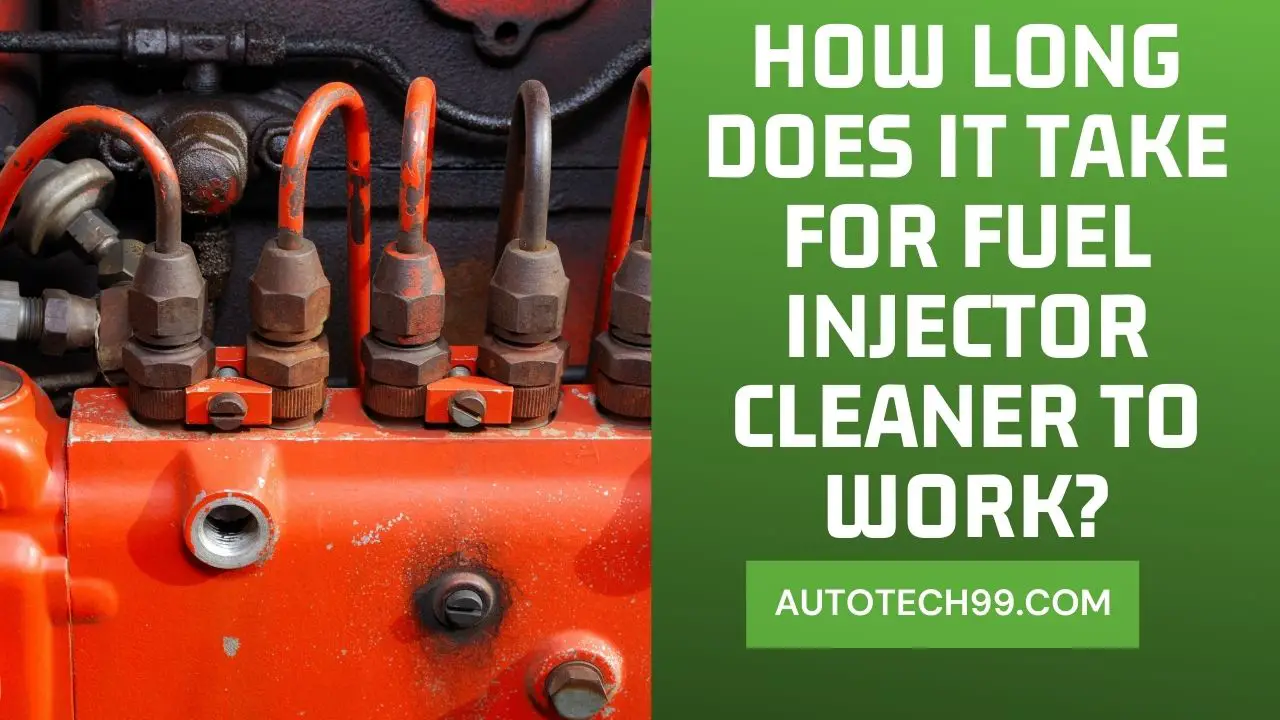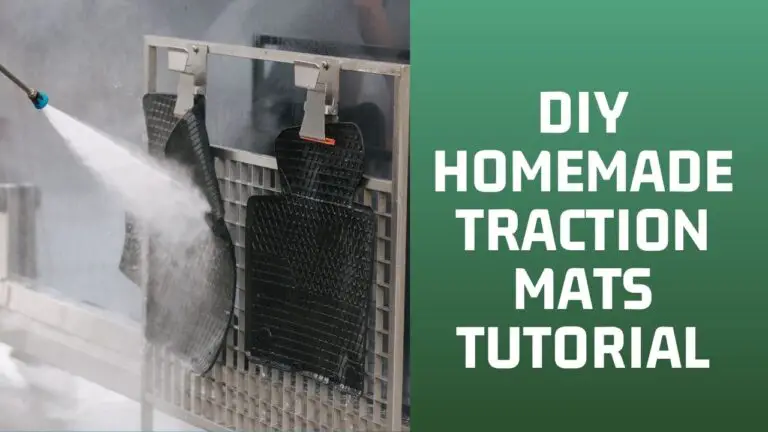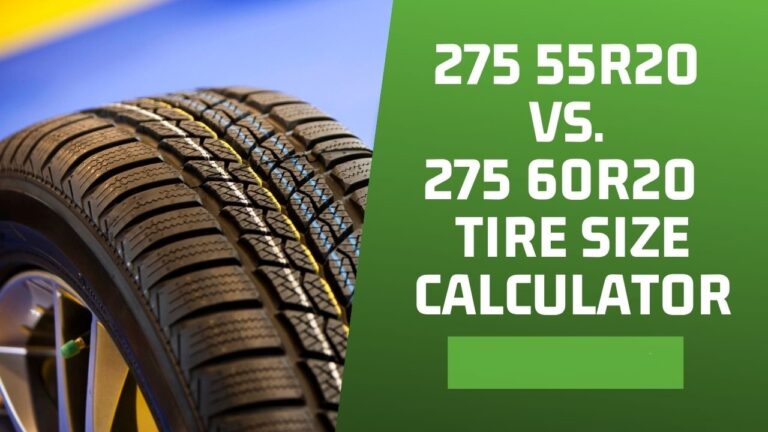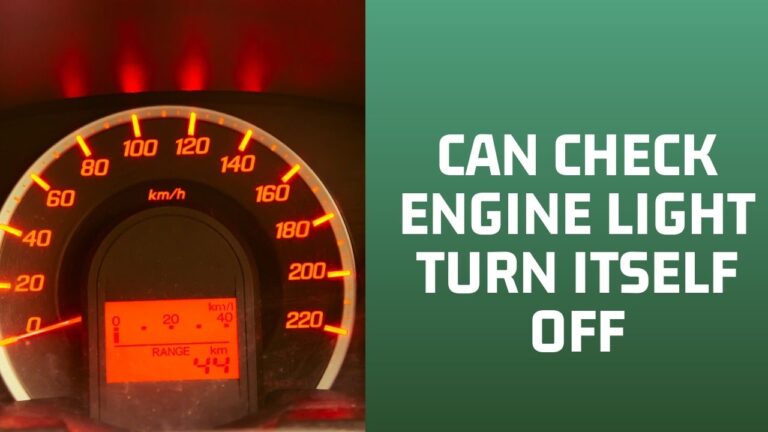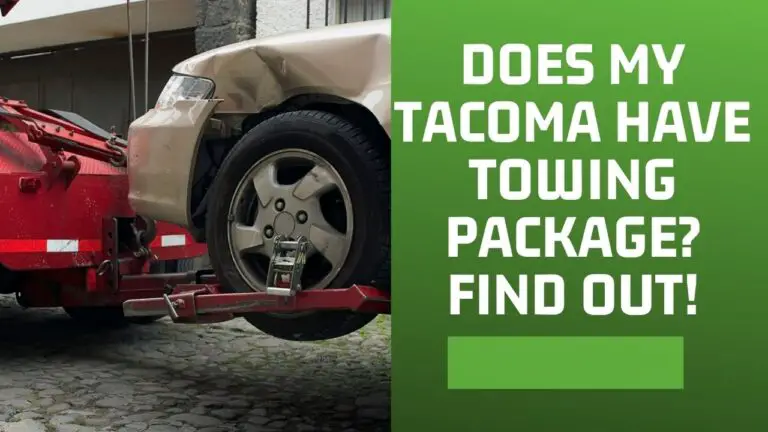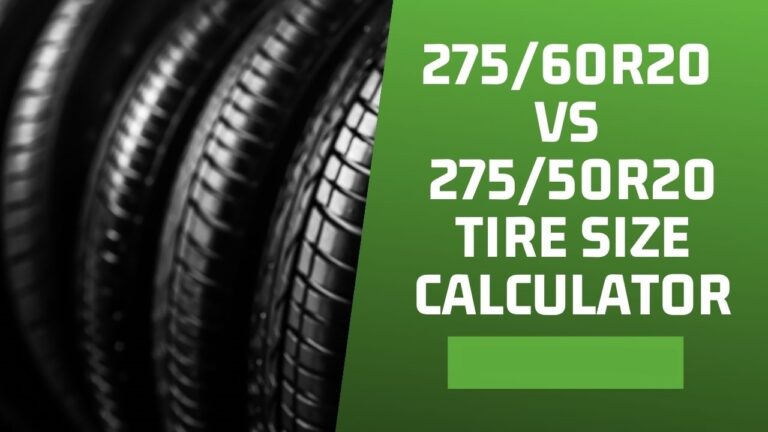Fuel system cleaners, in most cases, perform the role of a miracle fix, but at other times, they don’t work instantly but will help keep the system clean but won’t do a full fuel system cleanout.
For the best result, you can talk to your service center and let them advise you on this procedure. It is not every work shop that can provide you with the detail you need.

The time it takes for a fuel injector cleaner to work can vary depending on several factors, including the product used, the condition of your vehicle’s fuel system, and how the vehicle is driven after adding the cleaner. In general, you might start to notice improvements in your vehicle’s performance relatively quickly, but for the full effects to be realized, it might take a bit more time.
Here’s a general guideline on Terms effects:
Initial Effects (Short Term):
After adding a fuel injector cleaner to your vehicle’s fuel tank, you might start to notice some initial effects shortly after driving. These effects can include smoother idling, improved throttle response, and potentially better fuel efficiency. Some drivers report seeing improvements within the first few hundred miles or even after just one tank of treated fuel.
Intermediate Effects (Medium Term):
As you continue to drive your vehicle with the treated fuel, the fuel injector cleaner will work its way through the fuel system, including the fuel injectors, combustion chambers, and intake valves. Depending on the level of deposits and buildup in your fuel system, it might take several tanks of treated fuel to fully clean out the system. This process could take anywhere from a few hundred to a thousand miles of driving.
Long-Term Effects:
For the full benefits of using a fuel injector cleaner to be realized, consistent use over time is recommended. Continuous use of high-quality fuel with occasional treatments of fuel injector cleaner can help prevent future carbon buildup and maintain optimal fuel system performance.
Important Considerations:
- Driving Conditions: Aggressive driving or driving under heavy loads might help the cleaner work through the system more quickly. Highway driving can also aid in thoroughly distributing the cleaner.
- Severity of Deposits: If your fuel system has heavy carbon deposits or clogs, it might take longer for the cleaner to fully address the issue. In such cases, multiple treatments might be needed.
- Maintenance and Quality Fuel: Regular maintenance, including using high-quality fuel, can contribute to maintaining a cleaner fuel system overall.
- Continuous Use: While some initial effects might be noticeable after just one treatment, the best results often come from consistent and ongoing use of a fuel injector cleaner as part of your vehicle maintenance routine.
- Manufacturer Recommendations: Follow the recommendations on the product label for how often you can use the fuel injector cleaner. Using it too frequently or not frequently enough might affect the cleaning process.
In summary, you might start noticing some benefits from a fuel injector cleaner shortly after adding it to your fuel tank, but the full effects, particularly in terms of comprehensive fuel system cleaning and improved performance, might take a few tanks of treated fuel and several hundred miles of driving. Always follow the manufacturer’s recommendations and consider incorporating regular use of a fuel injector cleaner into your vehicle maintenance schedule for long-term benefits.
ALSO SEE: Can You Use Fuel Injector Cleaner in a Carburetor?
How Long does it take for Fuel Injector Cleaner to Work?
Personally, I have used Seafoam for almost five years now, and it works well for me. First, run the tank down to 1/4 tank, dump it in a bottle, and take it for a long ride.
Normally, I get it on a little, and once it gets close to empty, I add some more to keep it concentrated and go on another ride.
That generally straightens things out. Unless you have other issues, you should see an almost instant result.

